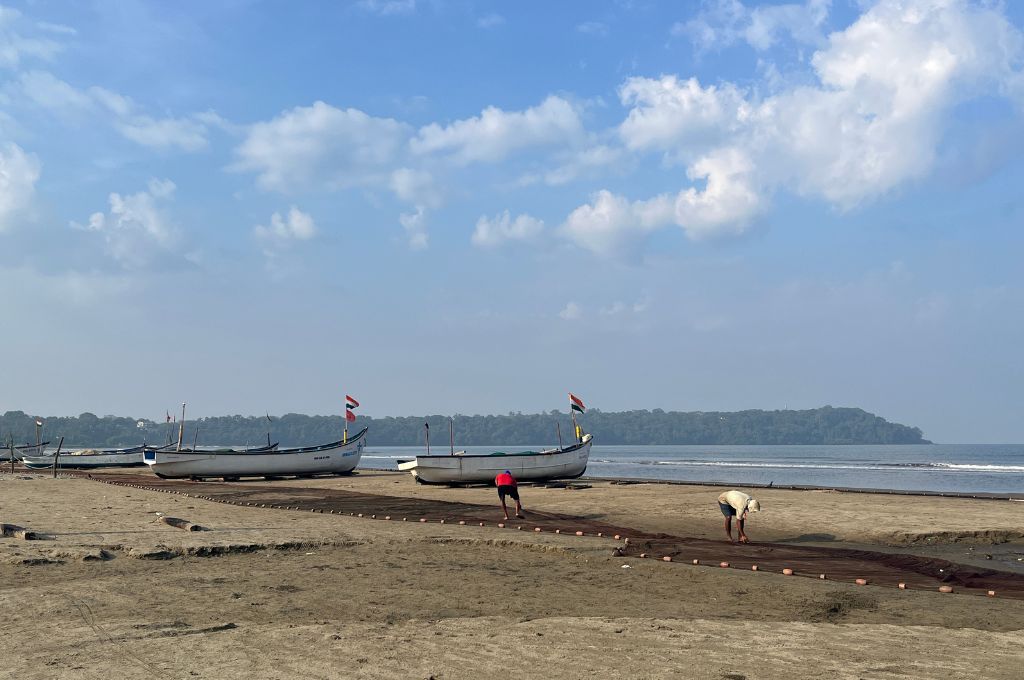A balanced diet?
In areas across Rayagada district in Odisha, Adivasi communities cultivate ‘kitchen gardens’ in the small plots of land around their houses. Our organisation, Harsha Trust, helps develop these kitchen gardens to provide communities with nutritious food, using local seeds that thrive in those particular ecosystems and conditions. The aim is that communities can grow a diverse range of vegetables themselves, rather than having to buy them, or cultivate them on their farmland.
The vegetables cultivated in these gardens are organic, fresh, and rich in nutrients. But they aren’t customary to Adivasi diets, and the community isn’t habituated to eating them. This is because a staple Adivasi diet around these parts consists of millets, rice, and maize primarily; and the only vegetables that are consumed are green, leafy vegetables (saag). Brinjals, capsicums, or cauliflowers, for instance, are not a part of the typical diet.
Interestingly, because these kitchen garden-grown vegetables fetch good prices in the market, people end up selling them at local markets and haats, and spending the income on packets of processed snacks. Put differently, the original purpose of better nutrition through kitchen gardens, inadvertently ended up increasing consumption of ‘junk food’—a poor example of nutritious food.
Jeetendra Patnaik is the M&E coordinator at Harsha Trust, an organisation aiming to bring in human development in remote locations of Odisha.



